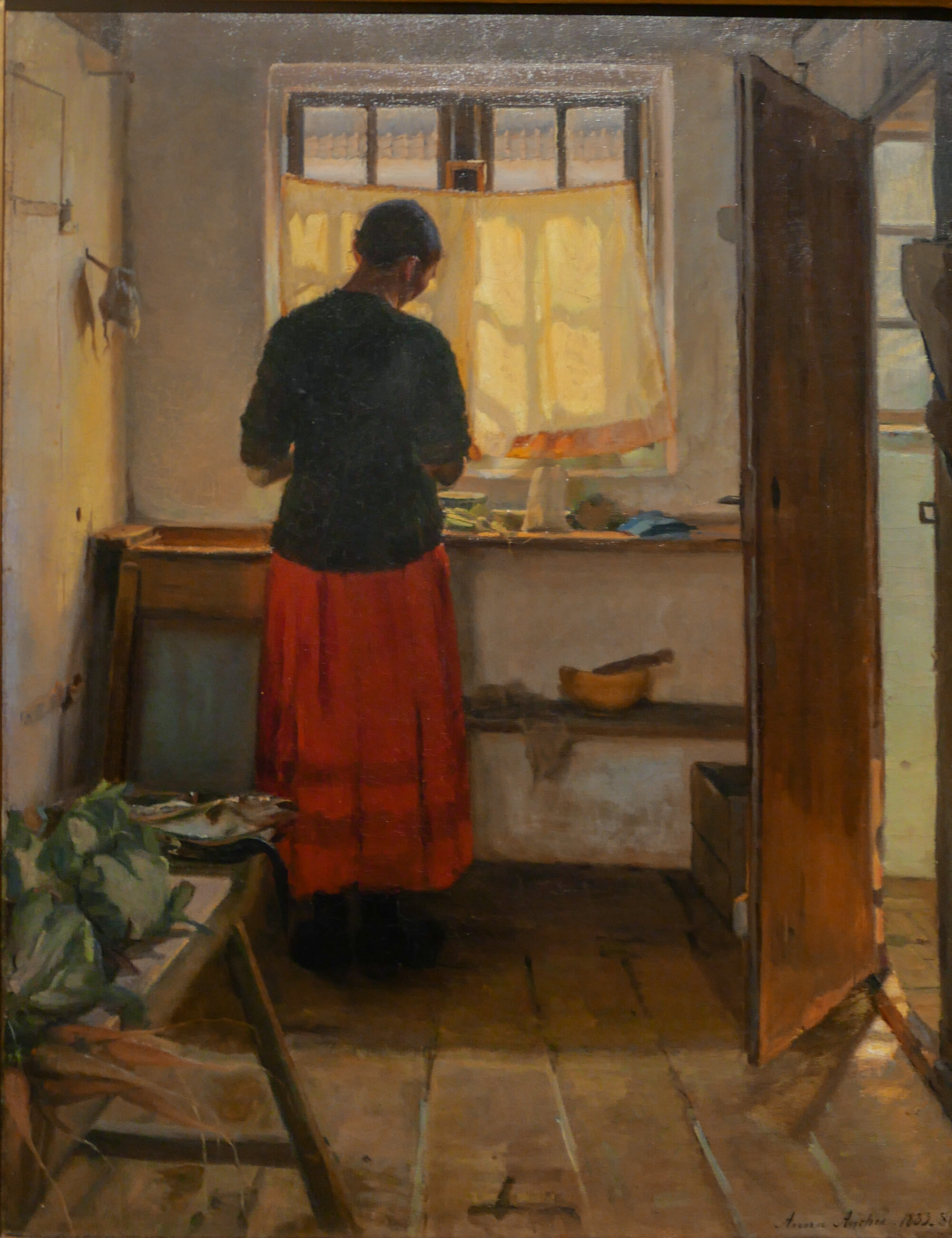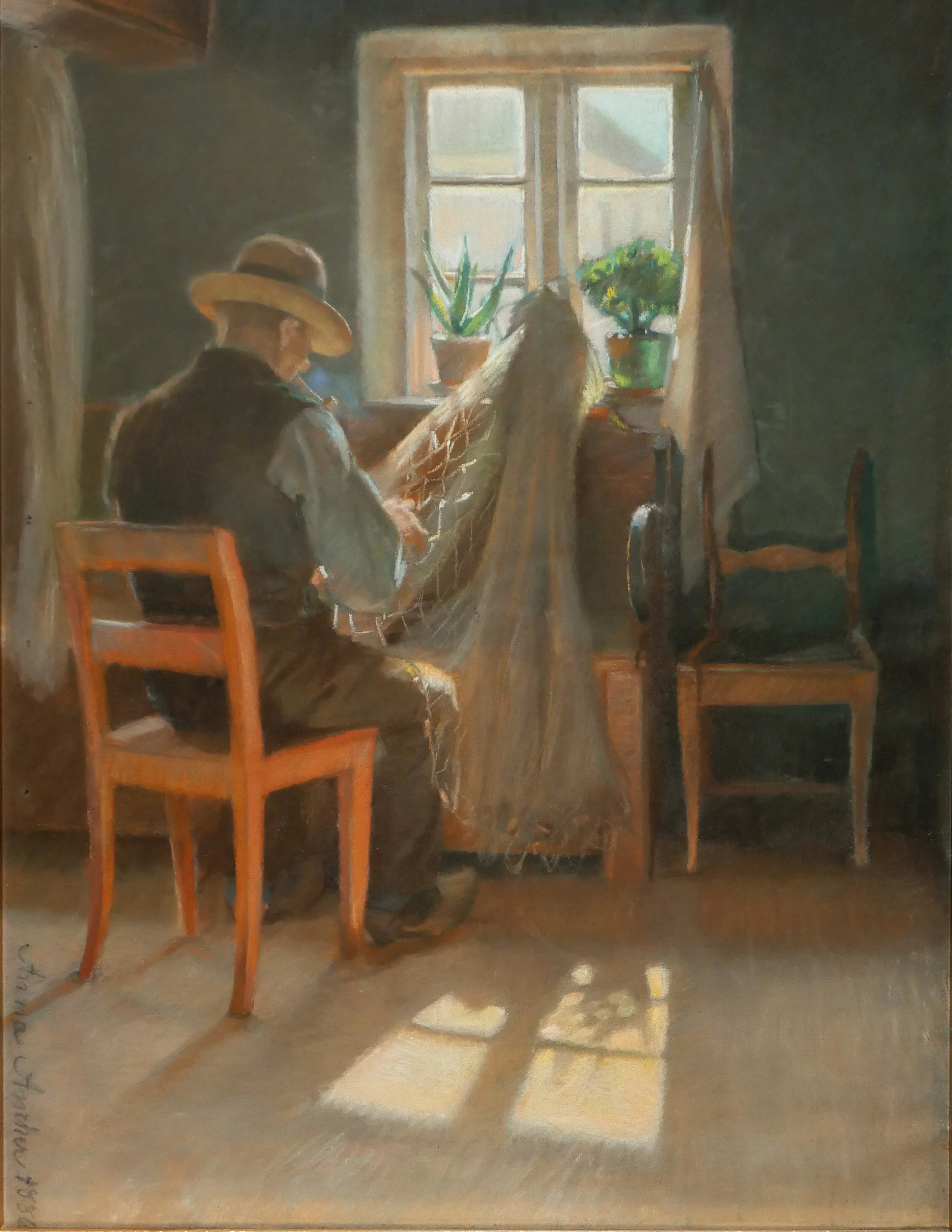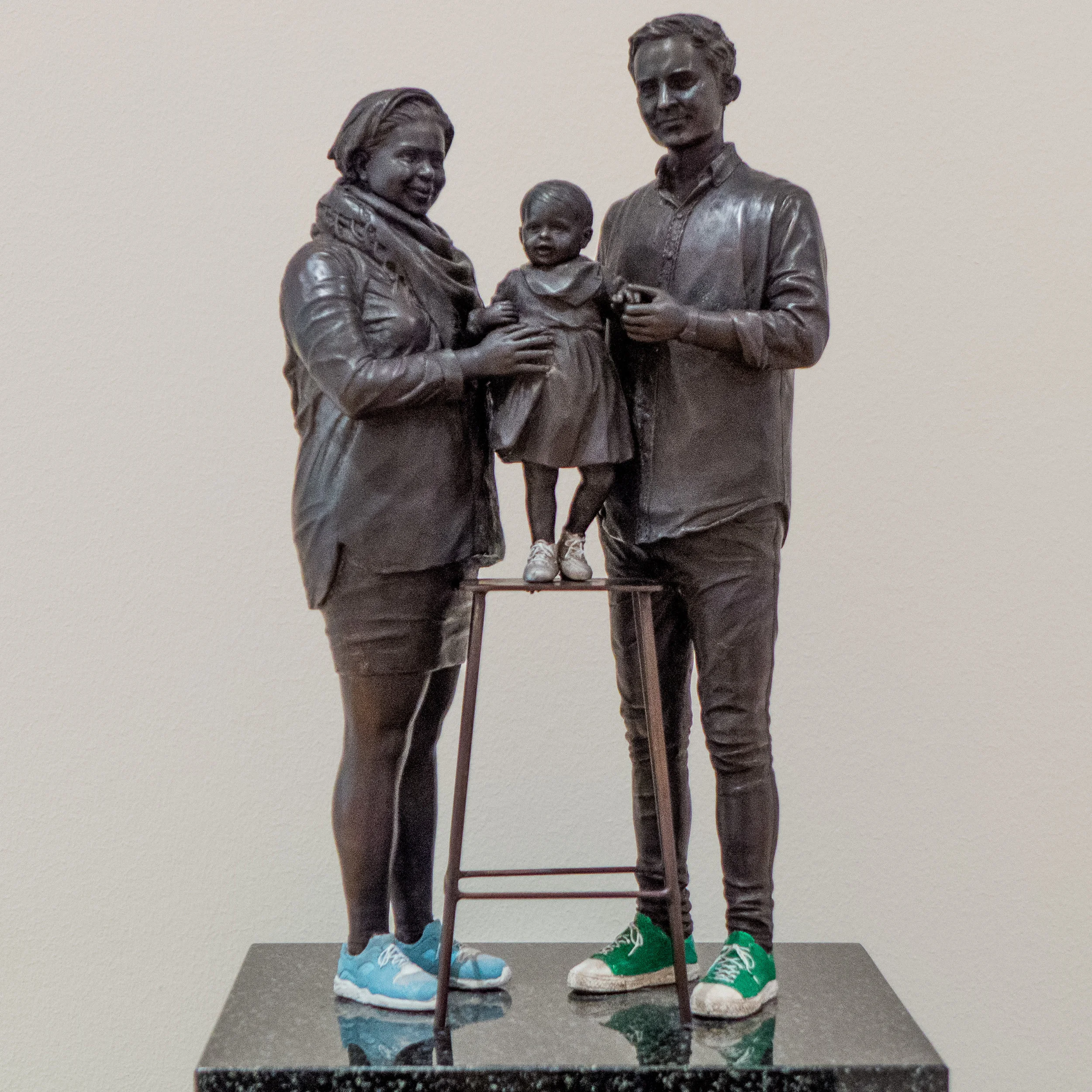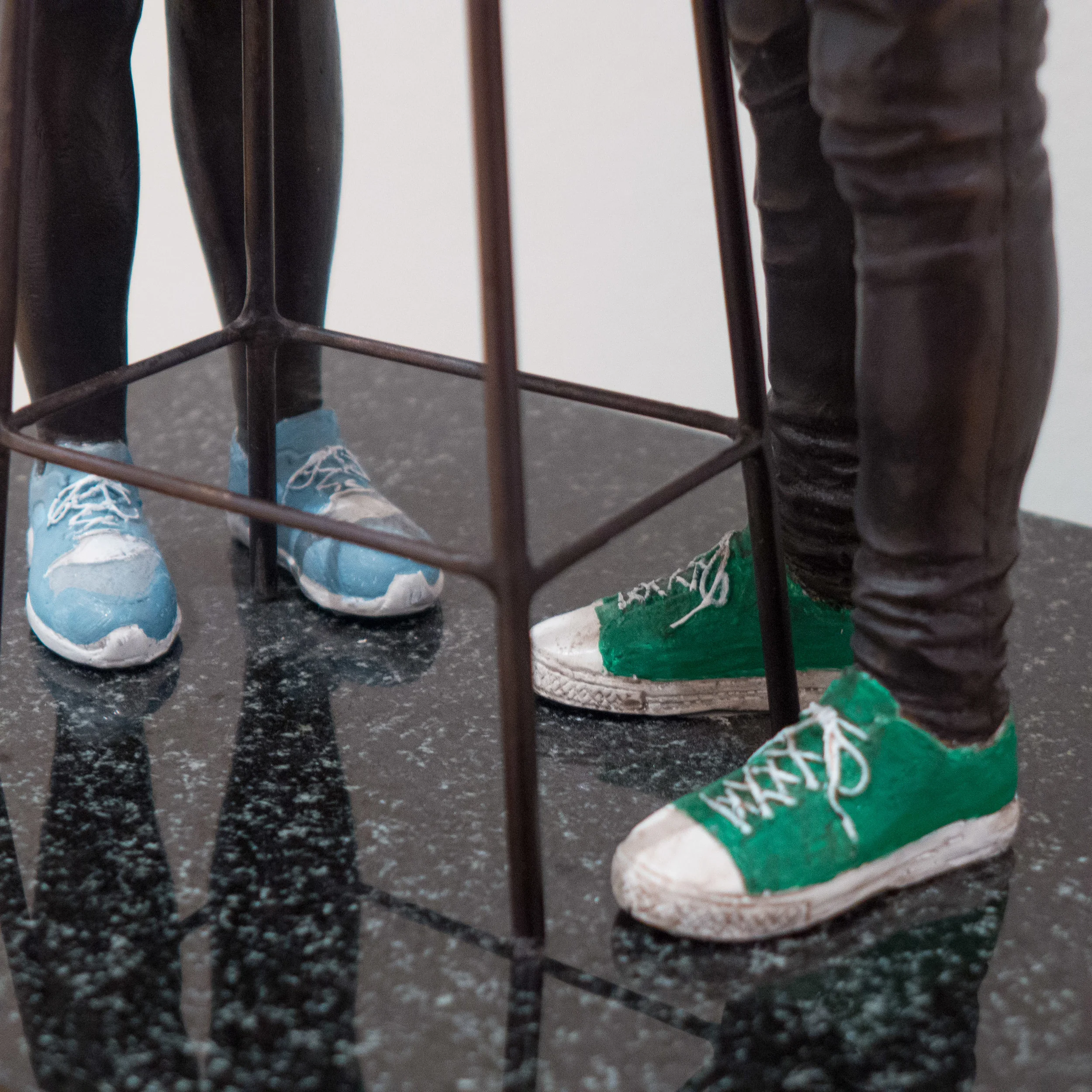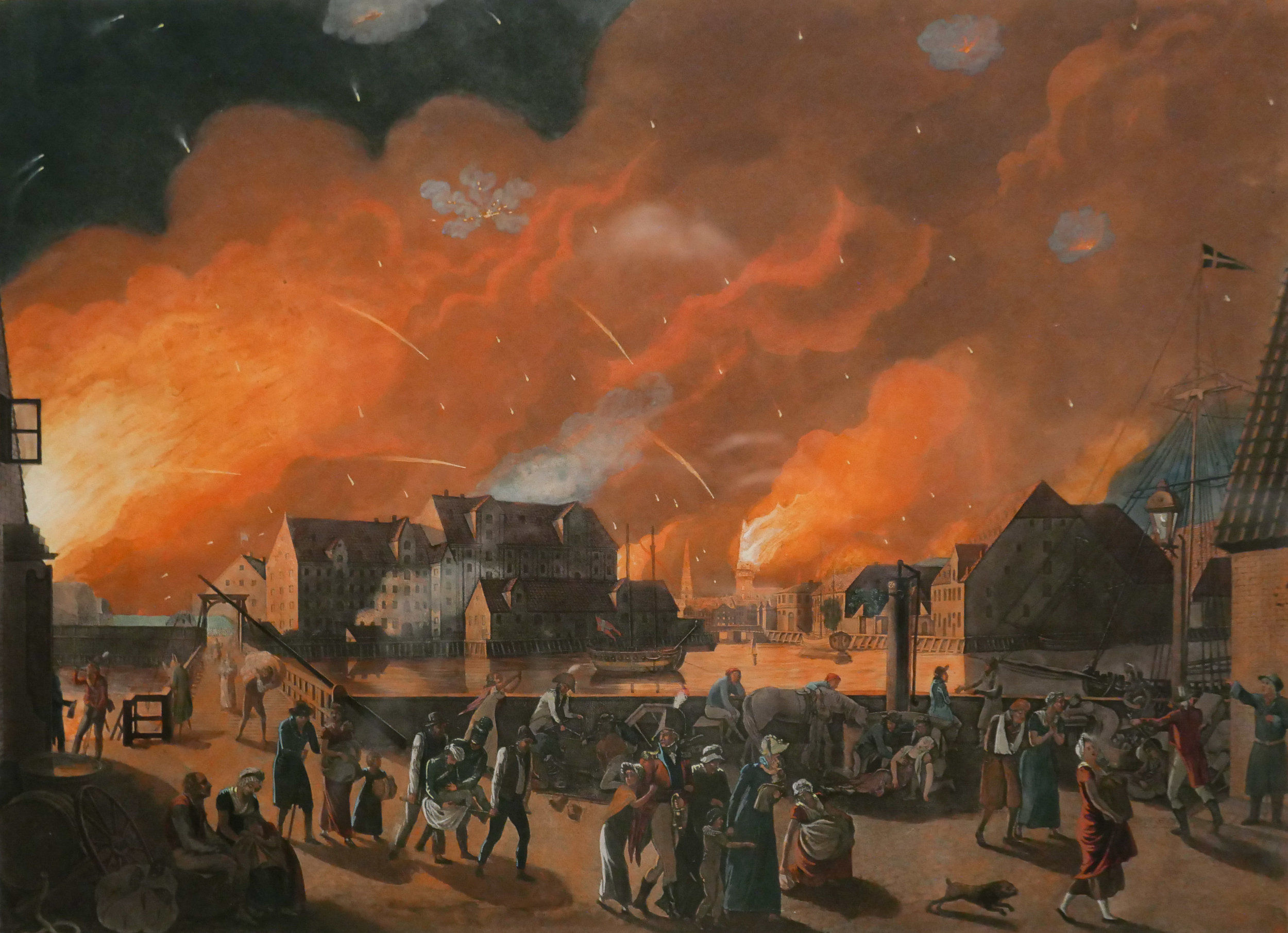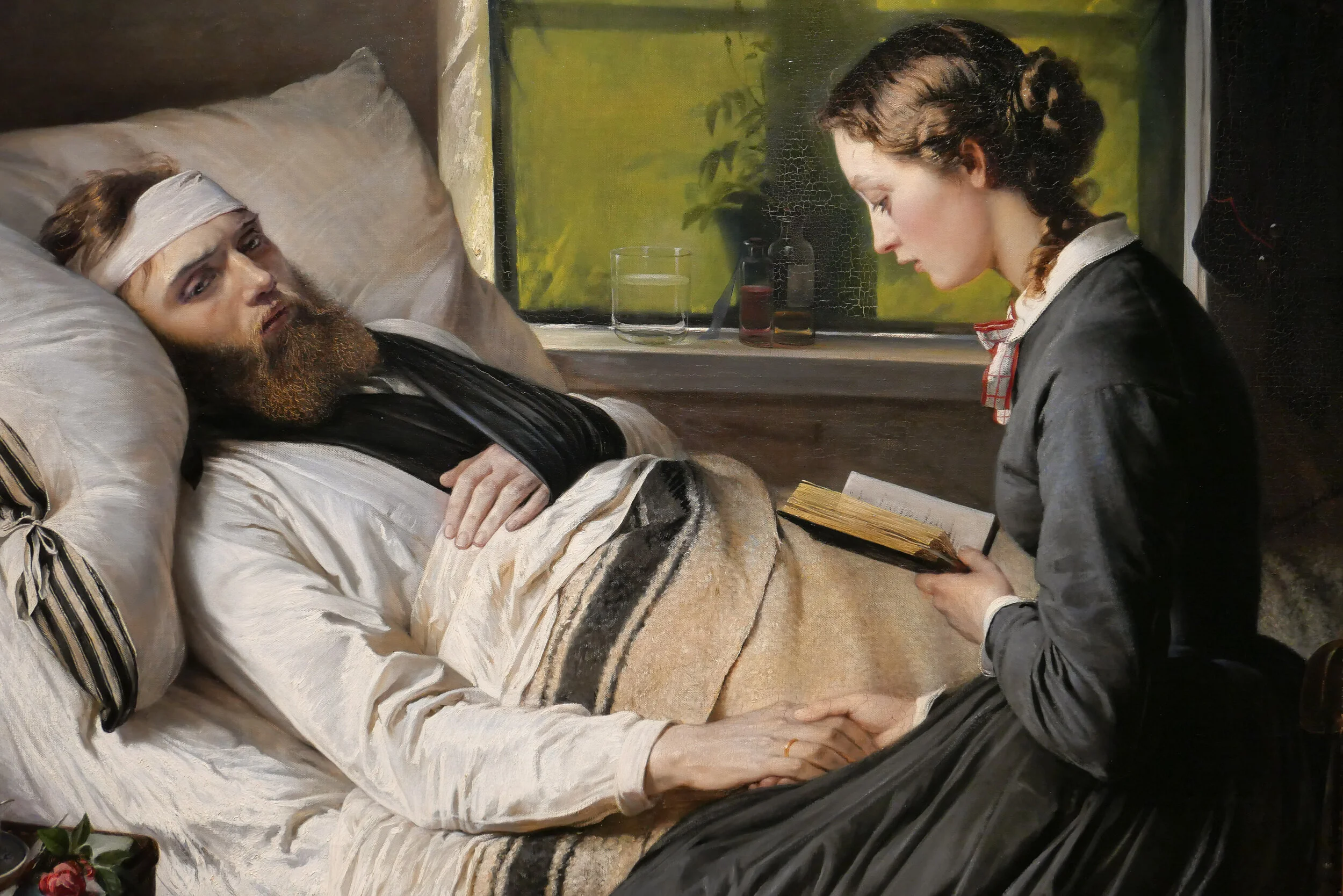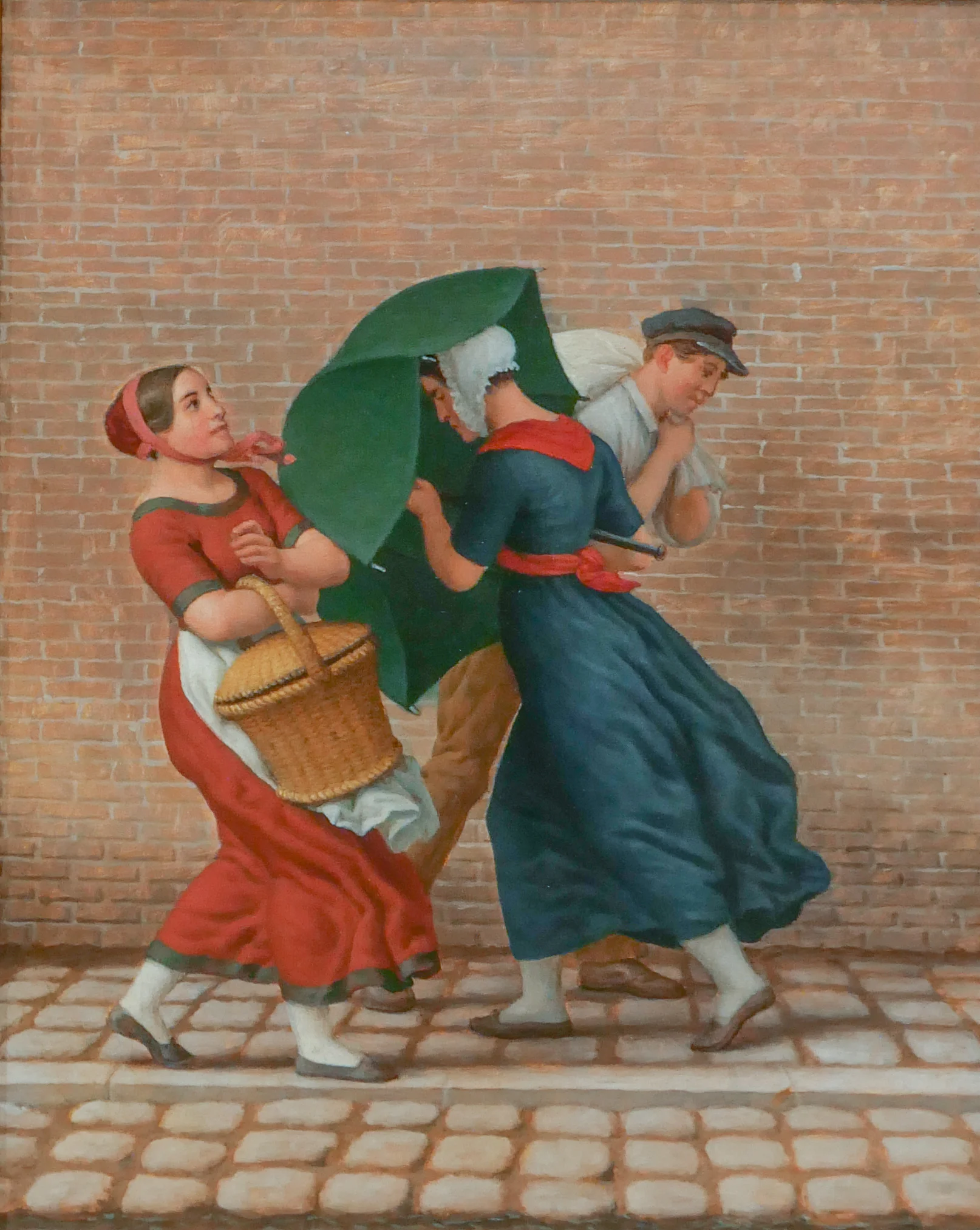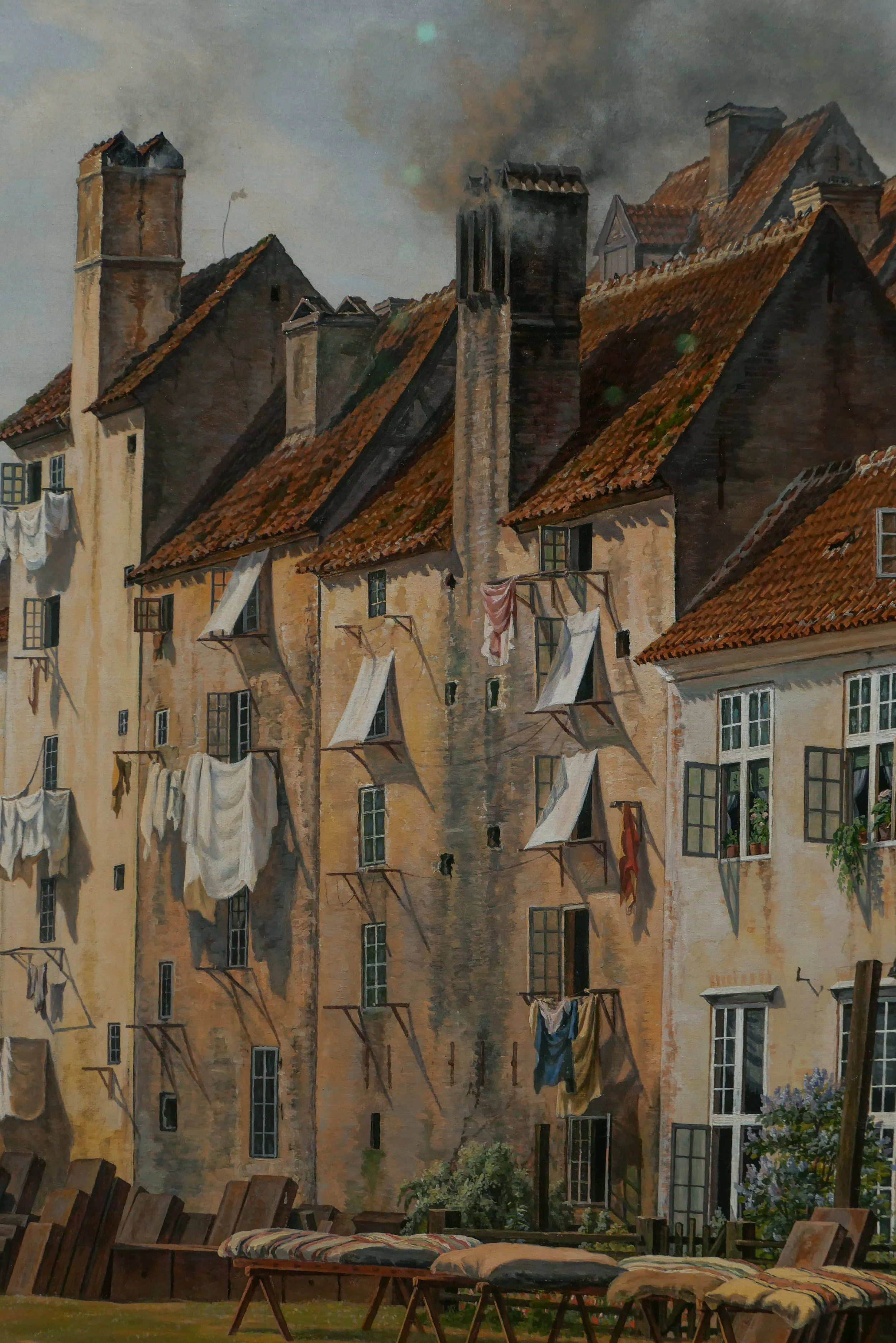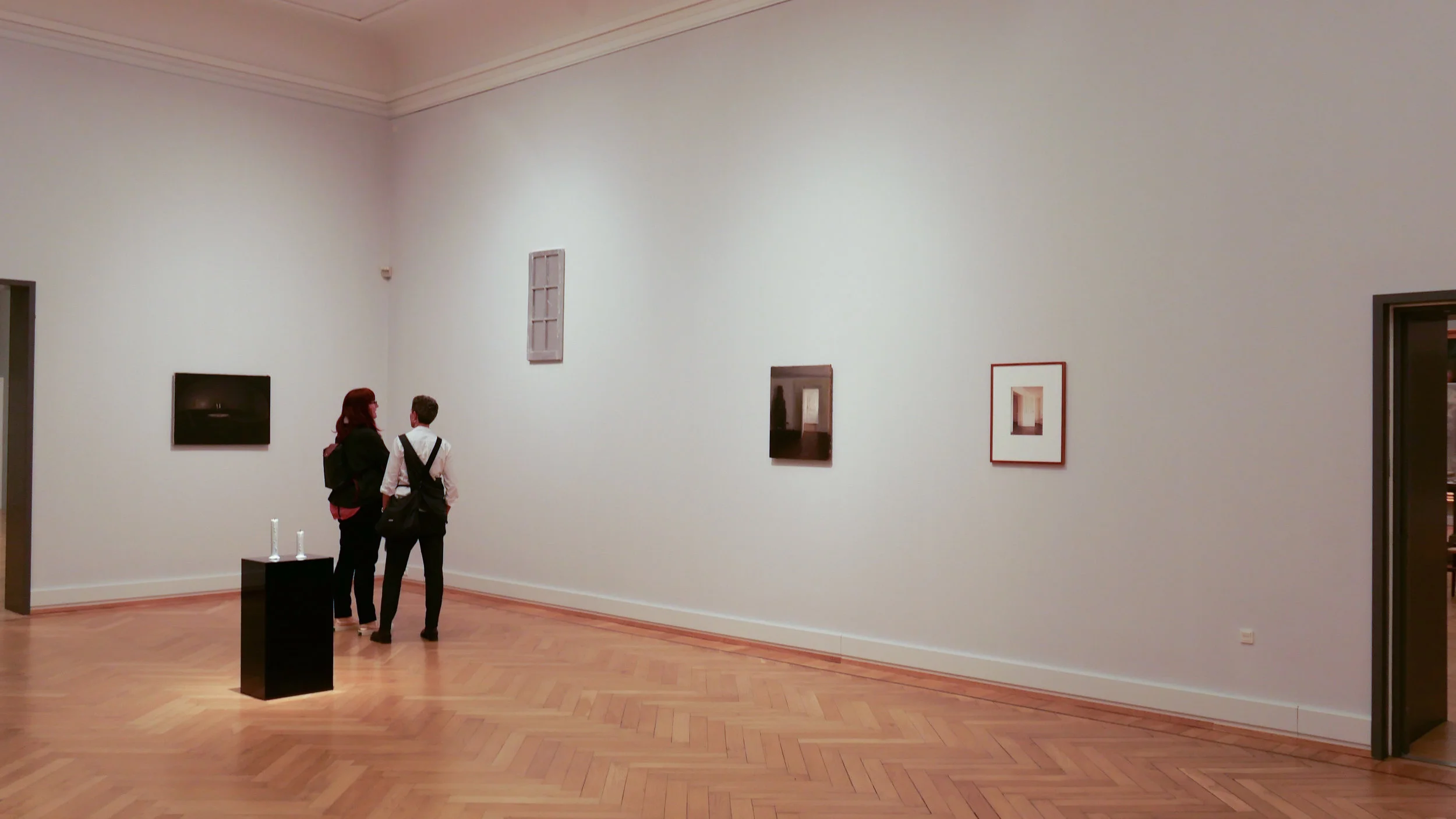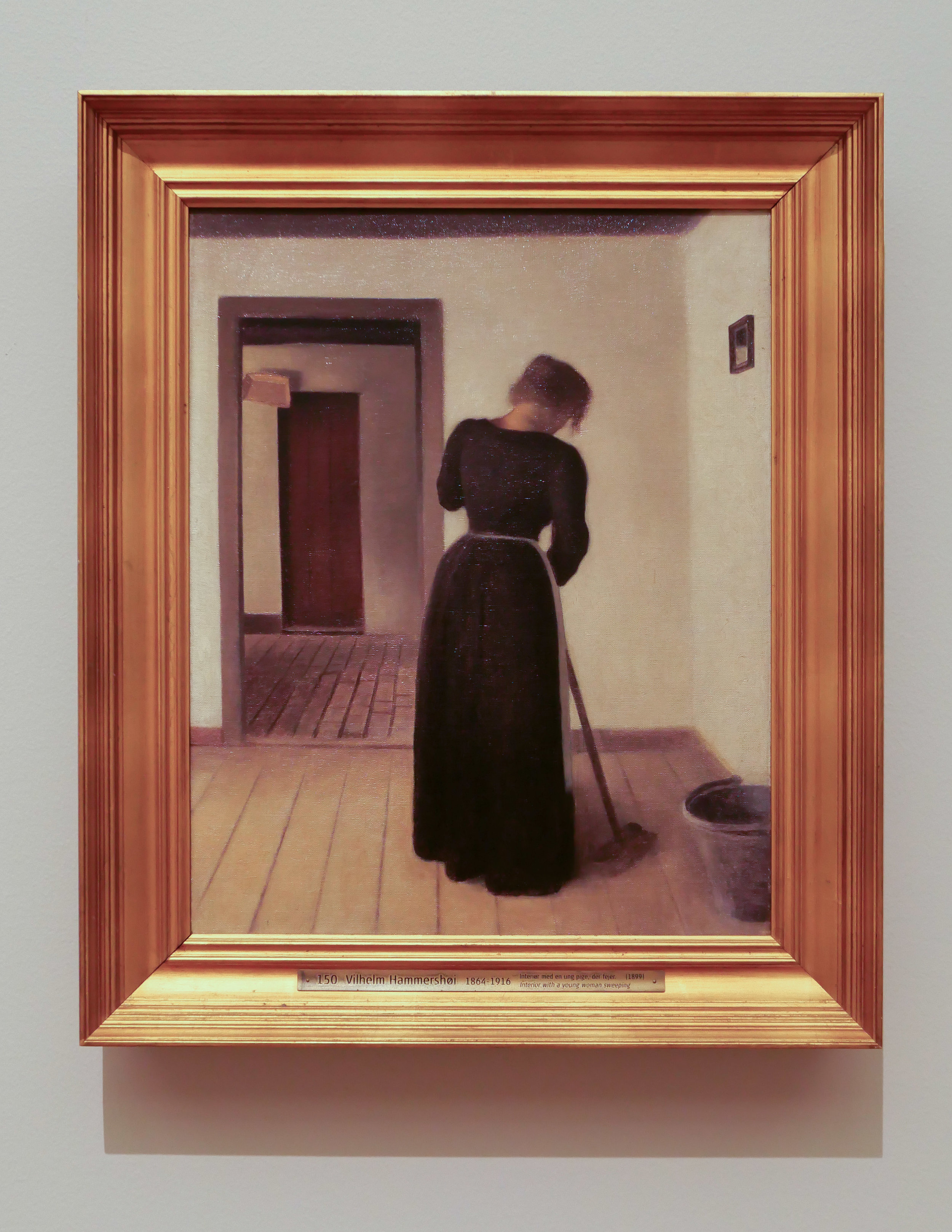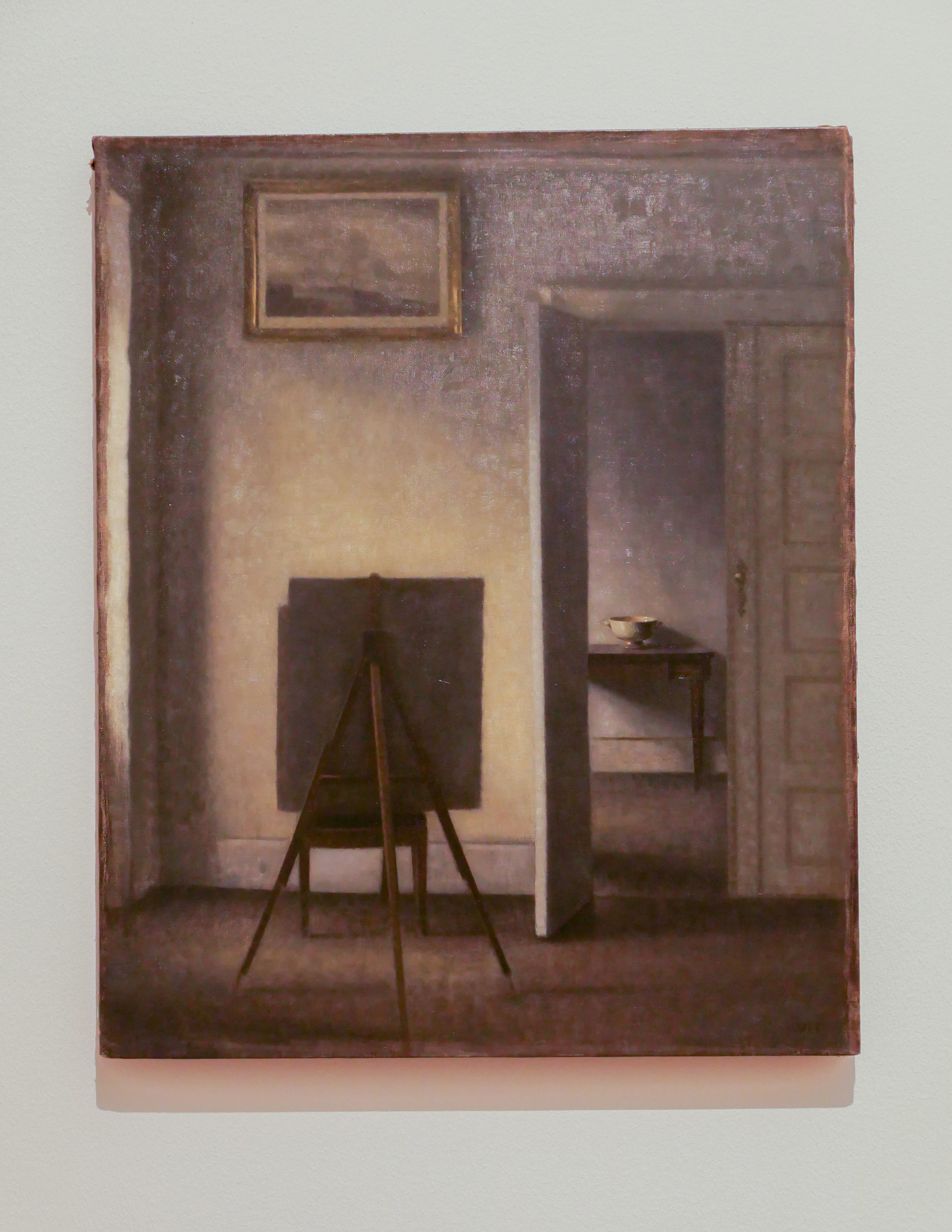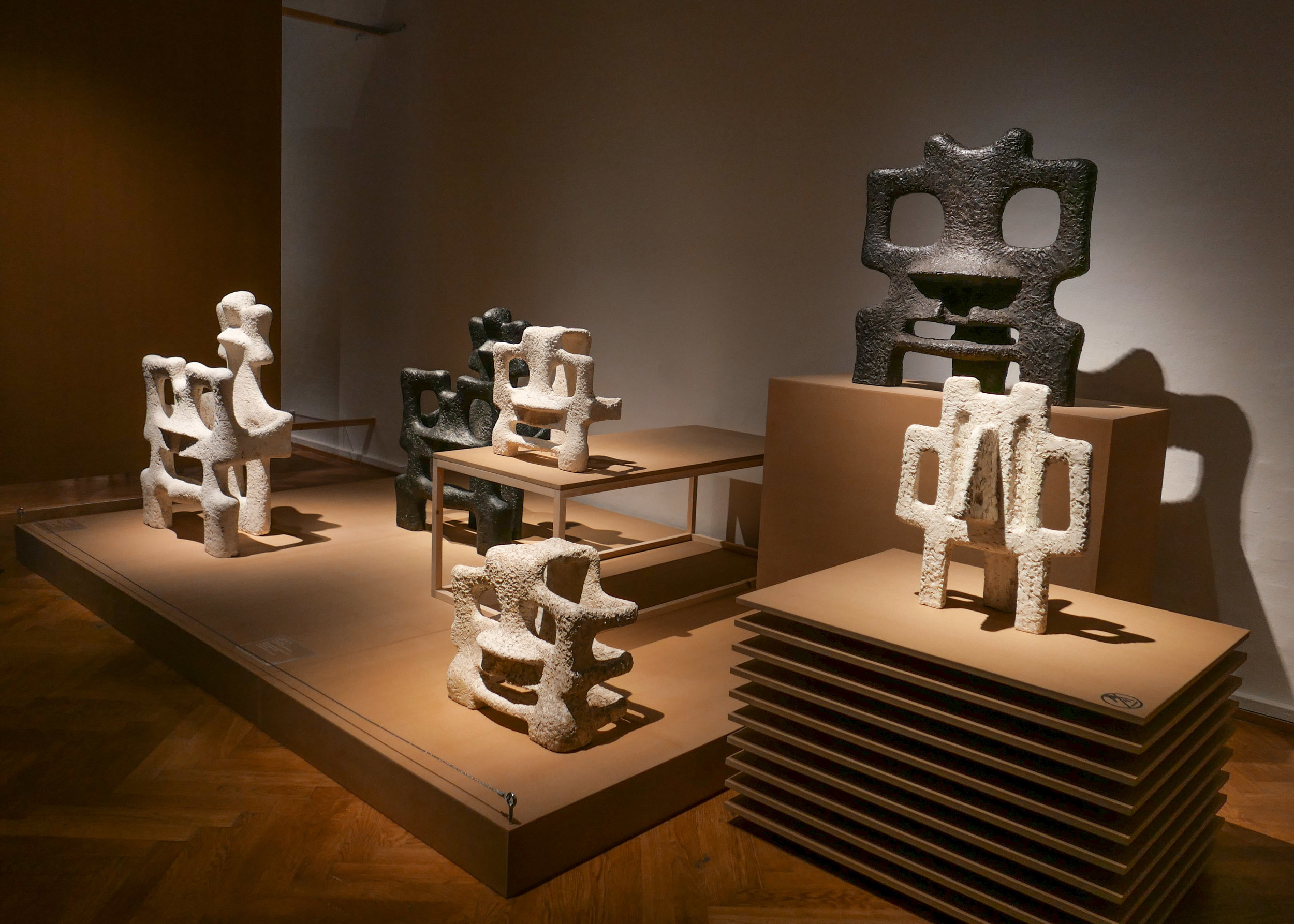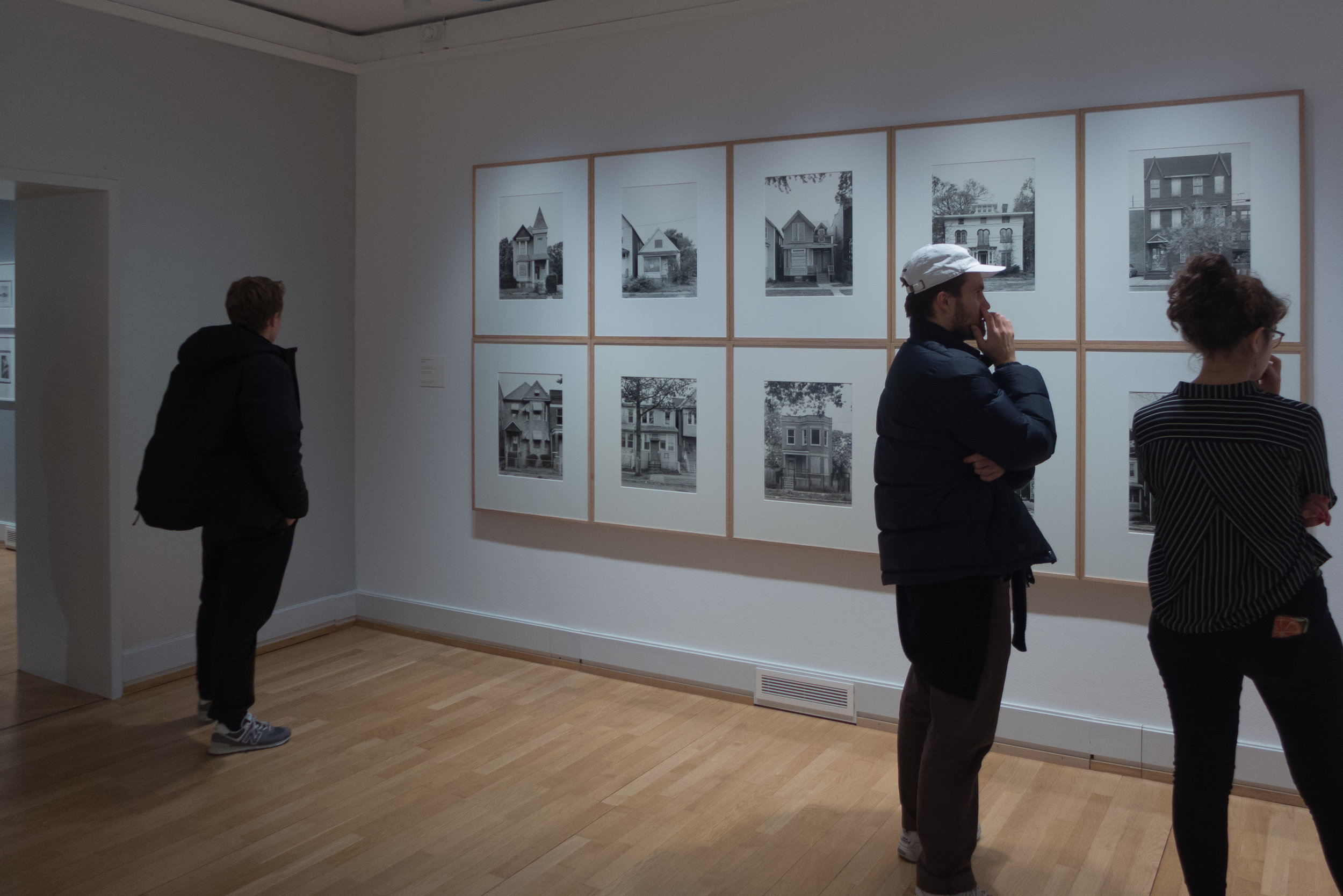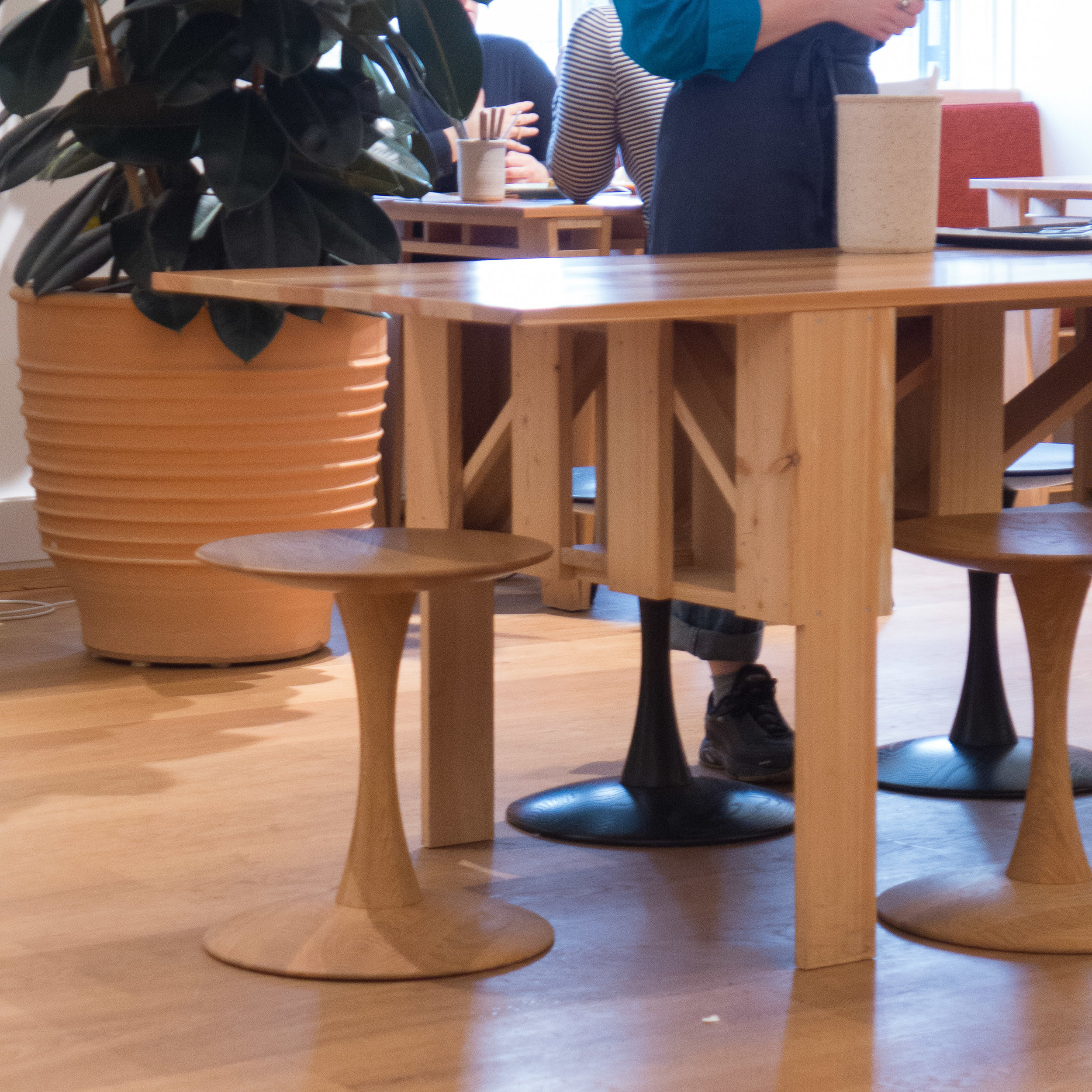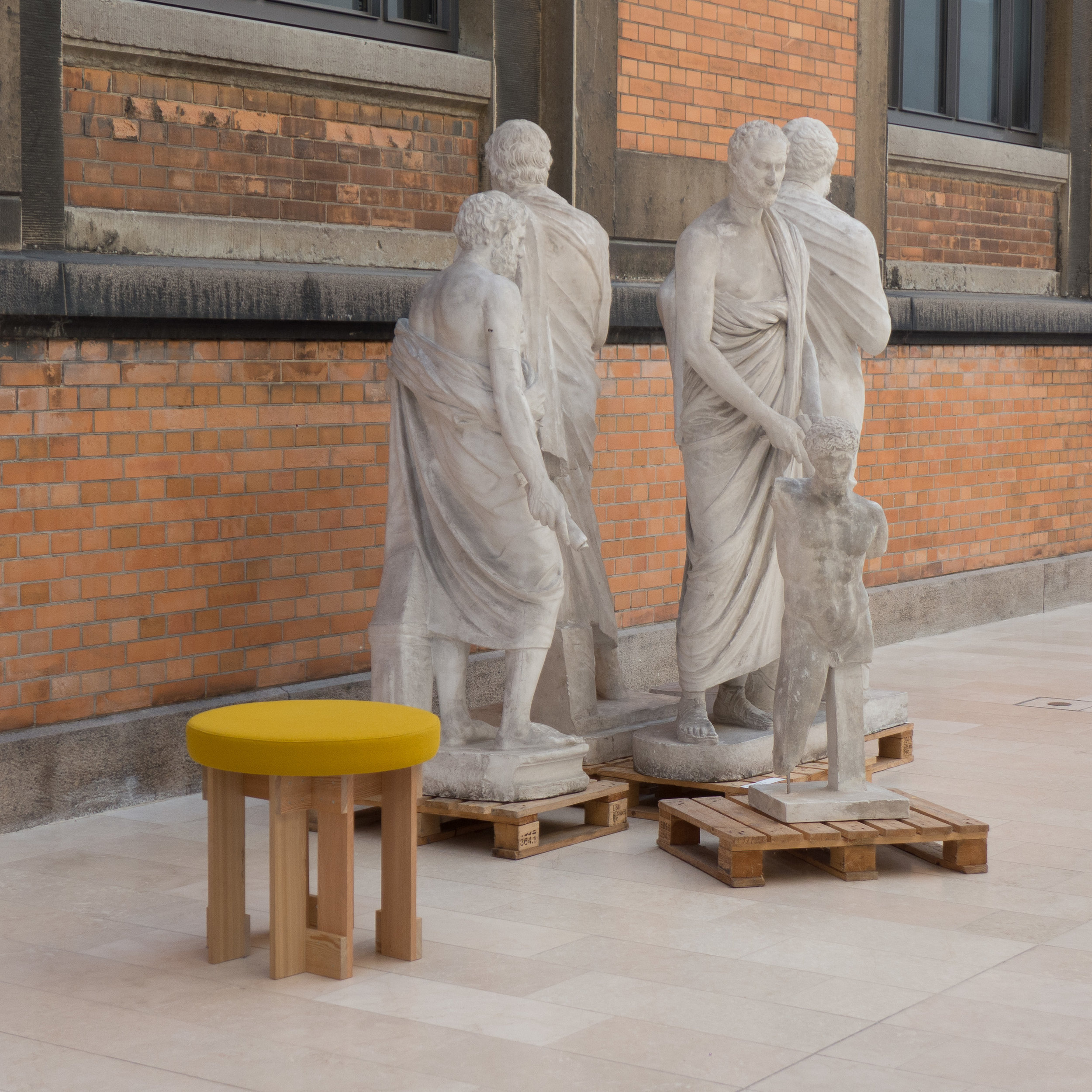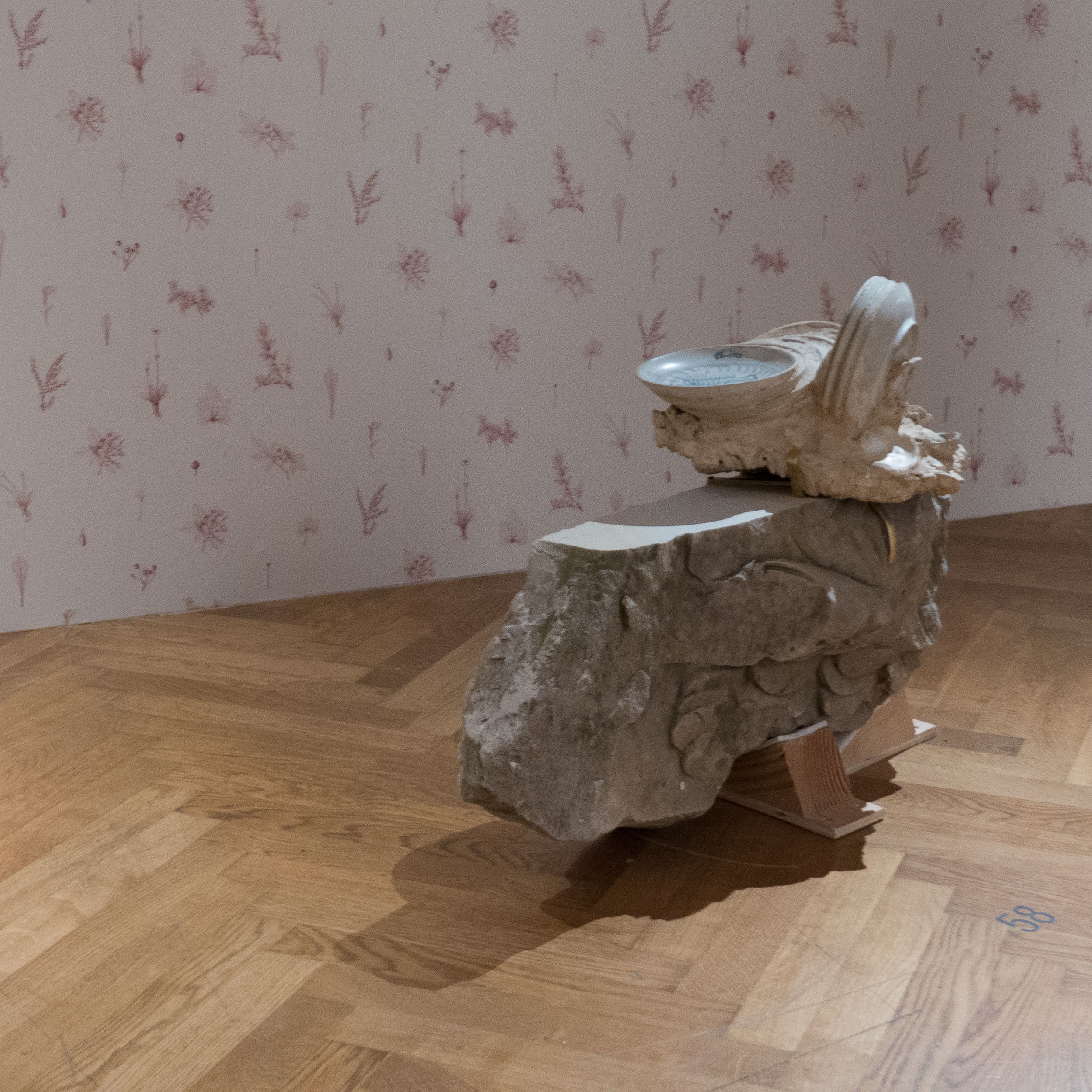Berørt / Touched at Statens Museum for Kunst
/With restrictions imposed by the lockdown because of the pandemic, Statens Museum for Kunst - the National Gallery in Copenhagen - is still closed but a new exhibition has opened in the gardens at the entrance.
Under the title Berørt or Touched, this is an installation of three large but very different sculptures … works made by artists as their response to the pandemic and inspired by comments and images uploaded for the PARAT project.
Between May and November 2020, Danes were asked to upload photographs and thoughts on the pandemic and, for every one, the COOP donated 5 DKK to Røde Kors, the Danish Red Cross, for them to support vulnerable people through PARAT / READY …. a service from the Red Cross and their volunteers to provide help to collect medicines for vulnerable people confined to their homes; accompany people on walks or on public transport, when they feel unable to do that alone, and to help vulnerable people deal with coronavirus tests and vaccines.
Benediikte Bjerre (born 1987)
Eee-O- Eleven 2021
Aluminium
The frame forms an outline that appears to be a gigantic laptop computer.
“Benedikte Bjerre's sculpture borrows its form from a familiar consumer product, overscaled here to also delimit a physical space, hinting at the invisible spaces and distancing mechanisms that have emerged during the pandemic.”
Sonja Lillebæk Christensen (born 1972)
Skylden / The Blame 2021
LED video collage - loop 12 minutes 30 seconds
A strong recurring theme is hands and the work, with images moving across four screens, looks at many of the new situations in which we now find ourselves.
It explores the paradox that we feel divided and isolated in our own day-to-day lives but we are united, as never before, by a problem that is universal.
Kaspar Bonnén (born 1968)
JEG TROEDE VI SKULLE BYGGE NOGET OP SAMMEN MEN JEG BLEV VED MED AT GRAVE
I THOUGHT WE WERE GOING TO BUILD SOMETHING TOGETHER BUT I KEPT DIGGING
Mursten / clay bricks
Bonnén is a writer and a visual artist and his work uses salvaged bricks laid out across a bank of grass.
“When we look back at the time of the coronavirus pandemic years from now, what will we have left behind - or abandoned - and what have we created together?”
the exhibition continues at Statens Museum for Kunst in Copenhagen until 2 May 2021
it will then transfer to other galleries in Denmark and can be seen at:
Kunsthal Aarhus from the 9 May to 20 June 2021
SMK Thy from the 26 June to 15 August 2021
Kunstmuseum Brandts from the 21 August to 24 October 2021
Copenhagen moves outdoors ….
As I was taking photographs of the exhibition in the gardens at the front of Statens Museum for Kunst, there was an exercise class for children who had taken over the large circular pond at the front of the gallery - the water is drained through the Winter to protect it from frost - and there were three girls in a line skipping on the steps up to the closed entrance.
Pandemic and the lockdown has changed how people in the city use public space and, if a new appreciation of our squares, streets and parks continues after restrictions lift, then that will be one positive gain to come out of all this.




